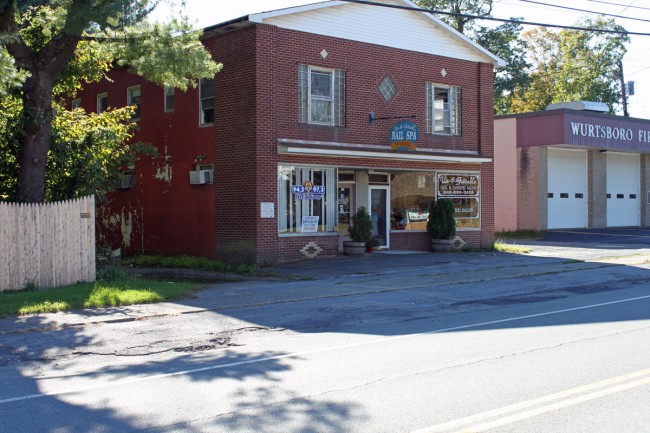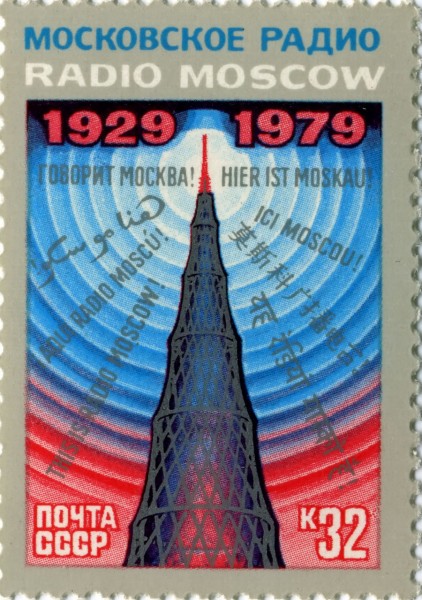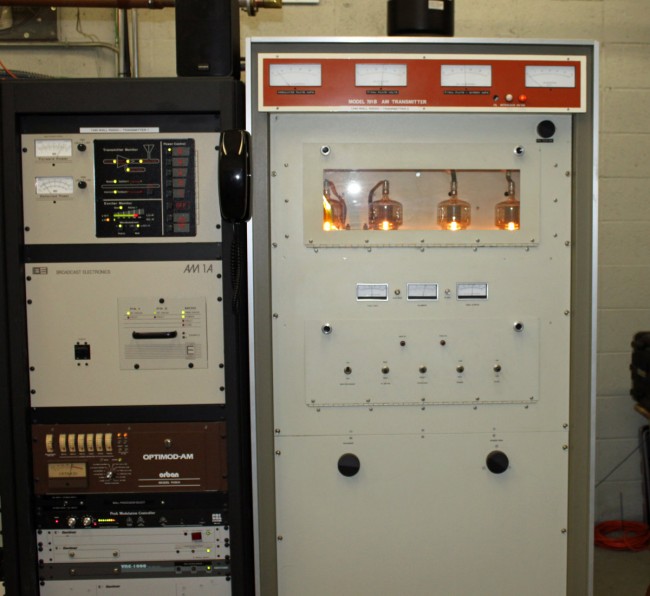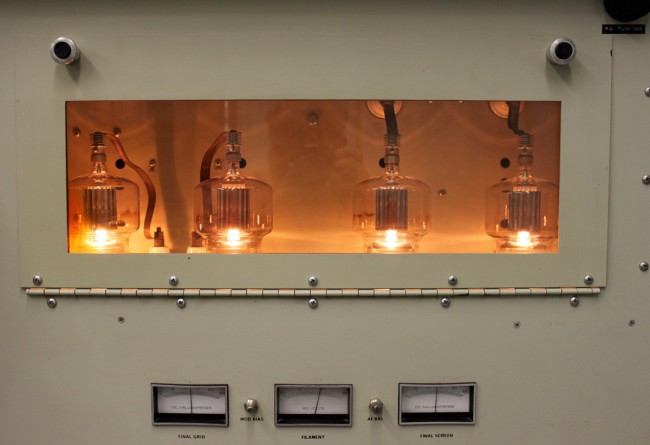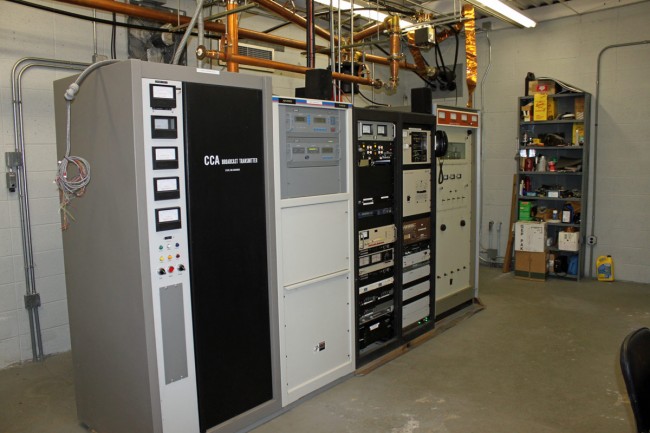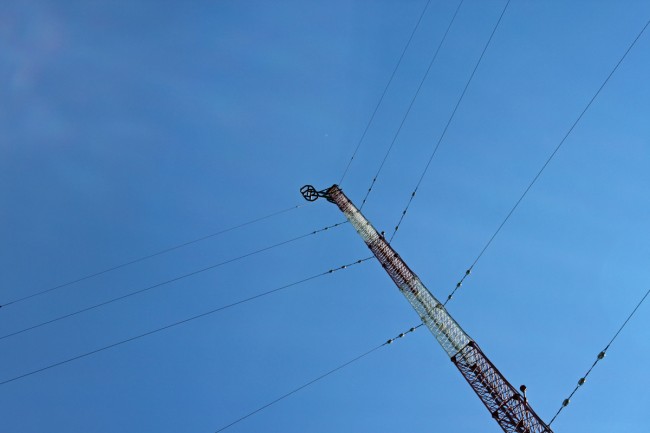In the putsch to revitalize AM, FCC Commissioner Ajit Pai advises that it would be best if we did not argue about solutions. Actually what was said was this:
On the other hand, if too many broadcasters allow the perfect to become the enemy of the good, our efforts could be doomed by infighting.
That is well and good, so long as the proposed solution does not make things worse. I would posit that worse is already the enemy of the good, so any proposal that would make things worse should be protested vigorously.
I have written quite a bit about AM, its relevance, and possible revitalization. There is no size fits all solution to the problems facing AM broadcasters. In the final equation, stations should be judged on their viability as a business and service to the community. Those that fail to measure up should turn in their licenses.
Update: And so it begins. The narrative is already being shaped, as Darryl Parks (original post has been removed) has found out. After posting in his blog a few comments on the FCC’s revitalization efforts, he was excoriated by several high-profile broadcasters calling his comments “Beyond not helpful.” For those not versed in double speaking, that means it is harmful. While Parks may not have gotten all the technical jargon exactly right, his points are valid and are in agreement with the widely accepted laws of physics. I know, I know, quoting science is dull and boring, something that conspiracy theorists are well practiced with.
Now, SHUT UP AND GET BACK IN LINE

